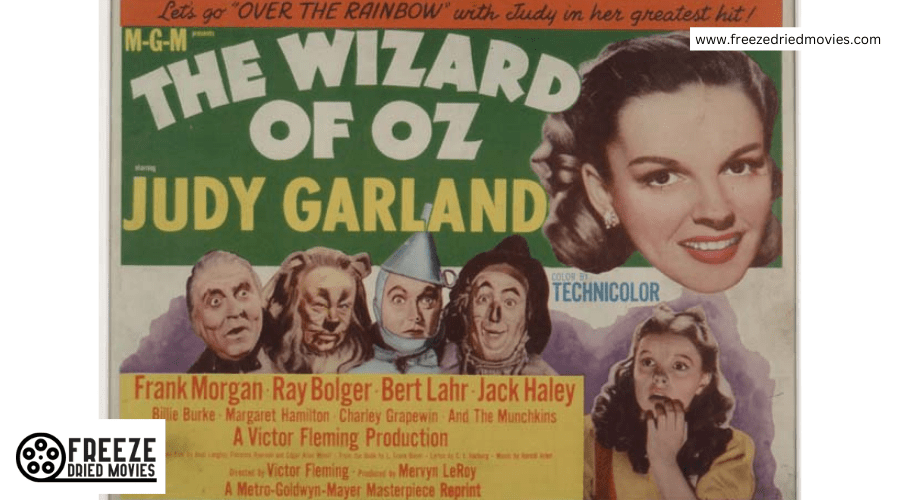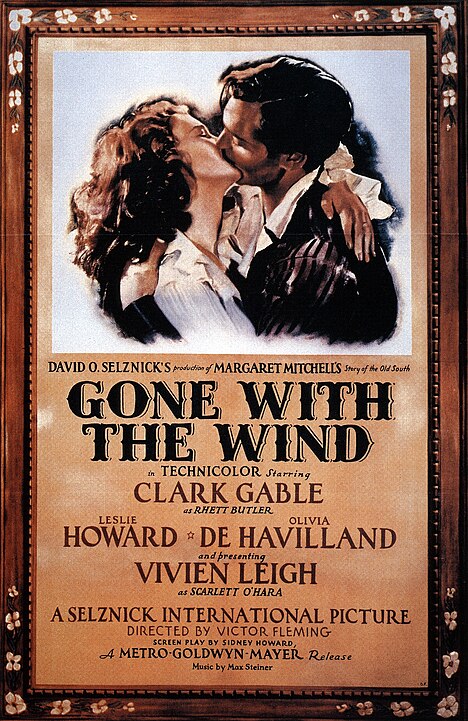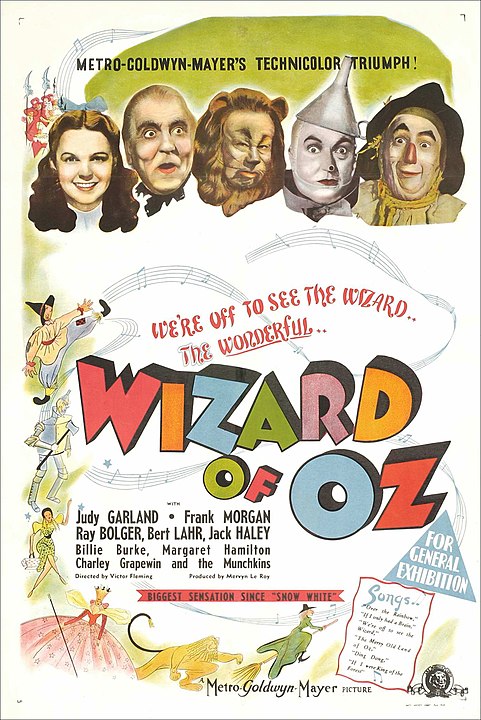Have you ever wondered about how cinema’s shift from black and white to color reshaped the art of filmmaking? This evolution wasn’t merely a technical advancement; it was a revolution in storytelling, enabling directors and cinematographers to wield color as a tool to convey emotion, highlight themes, and captivate audiences. As you explore the journey from monochrome to a kaleidoscope of colors, consider how this transformation has influenced the films you love today.
Key Takeaways
- Technicolor’s three-color process in the 1930s marked a pivotal shift from black-and-white to vibrant color films.
- ‘The Wizard of Oz’ and ‘Gone with the Wind’ in 1939 demonstrated the dramatic impact of color in storytelling and realism.
- The evolution from early color experiments to advanced Technicolor processes revolutionized visual storytelling in cinema.
- Cinematographers and editors use color to manipulate emotions, narrative clarity, and viewer attention, enhancing the cinematic experience.
- Modern advancements in color technologies and digital tools have allowed for more precise color adjustments, elevating visual storytelling to new heights.
The Dawn of Color Cinema
While Technicolor’s three-color dye transfer method revolutionized filmmaking in the 1930s, it was ‘The Cat and the Fiddle’ in 1934 that first showcased this vibrant leap forward in color cinema. Before this groundbreaking moment, films primarily basked in the shades of black and white. The early days of cinema were a time of visual simplicity, yet they laid the groundwork for one of the most significant transformations in the industry.
The dawn of Technicolor marked a pivotal shift, turning the screen from a canvas of monochrome to a burst of lifelike colors. It wasn’t just about adding hues; it was about redefining the cinematic experience, making stories more immersive and emotionally resonant. This three-color process didn’t just change films; it reshaped audiences’ expectations, setting a new standard for what cinema could be.
Technicolor’s evolution from early experiments to the vibrant palette of ‘The Cat and the Fiddle’ illustrates a critical chapter in film history. It’s a manifestation of the relentless pursuit of innovation, proving that even the most subtle splash of color can turn the ordinary into something extraordinary, ushering in the dawn of color cinema.
Technicolor’s Pioneering Role
You’ve seen the vibrant landscapes of ‘The Wizard of Oz,’ but have you ever wondered how those vivid colors came to be? Technicolor’s three-color process revolutionized cinema, setting new benchmarks in color accuracy and visual storytelling. Let’s explore Technicolor’s inception journey and its profound impact on film aesthetics.
Technicolor’s Inception Journey
In its pioneering role, Technicolor revolutionized cinema in 1914, commencing on a two-decade journey of experimental color films before achieving a major breakthrough with the No. IV process in the mid-1930s. This marked the shift from black-and-white films to a color-flooded version of cinema, ushering in the Golden Age.
- The three-strip process first dazzled audiences in a 1932 Disney cartoon, showing what was possible beyond monochrome.
- The Wizard of Oz in 1939 became an iconic symbol of Technicolor’s vibrant potential, turning film into a hyperreal, colorful experience.
- Gone with the Wind solidified Technicolor’s dominance, showcasing how the Technicolor process could bring historical epics to life with unprecedented realism.
Impact on Film Aesthetics
Technicolor’s advent fundamentally transformed film aesthetics, introducing a world where colors pop and narratives deepen. With its vibrant, hyperreal colors, Technicolor brought films to life, making them more engaging and visually impactful. It wasn’t just about the colors themselves but how they were used to convey emotions and themes through color symbolism, reshaping storytelling.
| Aspect | Impact |
|---|---|
| Visual Impact | Over-saturated greens, yellows, reds create striking scenes. |
| Design Trends | Influenced modern filmmaking and design aesthetics. |
| Surreal Imagery | Enabled surreal, dreamlike visuals in cinema. |
This technology didn’t just add color; it introduced a new palette for filmmakers to express their creativity, influencing design trends and setting the stage for future innovations in film aesthetics.
Cinematographers and Color
You’ve seen how colors shape a film’s atmosphere, but now let’s explore how cinematographers apply color theory and harness technological advancements to deepen this impact. They’re not just choosing hues; they’re wielding color to craft emotions and narratives, making every scene resonate. As technology evolves, so do the possibilities for storytelling through color, enhancing the way we experience cinema.
Color Theory Application
Cinematographers wield color palettes masterfully to sculpt emotions, mold narratives, and captivate you in every scene. Through the meticulous process, these visual artists have created films punctuated with meaning beyond dialogue. Their use of color isn’t just aesthetic; it’s a language of its own.
- Emotion through hue: Whether it’s the warmth of a romantic sunset or the cold isolation of a blue-tinted room, cinematographers use color to make you feel.
- Narrative clarity: Strategic color schemes help differentiate timelines, realities, or emotional shifts, guiding you through complex stories.
- Attention control: By manipulating color contrast and saturation, they direct your focus exactly where it needs to be, ensuring no detail goes unnoticed.
In movies, every shade tells a story, thanks to the visionary craft of cinematographers.
Technological Advancements Impact
The dawn of technological advancements in cinema has transformed how cinematographers use color to weave compelling narratives. Technicolor, shifting from a two-color process to an advanced three-color process, revolutionized storytelling. You’ve seen how color and black and white shape moods, tones, and ultimately, the emotional impact on audiences. Cinematographers, pivotal in capturing the visual essence on film, work closely with editors. Together, they guarantee visual continuity, creating a cohesive narrative. Editing techniques and color grading in post-production aren’t just technical steps; they’re art forms. These processes enhance visual storytelling, enabling cinematographers to craft unique visual styles and impactful moments. It’s these technological leaps that have deepened the emotional impact of films, turning color into a powerful storytelling tool.
Editing in a Colorful Era
As cinema shifted into the color era, editing techniques evolved to push the boundaries of visual storytelling. Gone were the days of relying solely on black and white to convey mood or emotion. Now, editors and cinematographers worked hand in hand, employing color grading to manipulate hues for dramatic effect, ensuring visual continuity, and selecting creative color choices that enriched the narrative. The transformation wasn’t just about adding color; it was about opening up a new dimension of storytelling.
- Color grading became a pivotal post-production process, allowing filmmakers to enhance or alter colors, setting the mood of a scene or even an entire film.
- Editors mastered the art of using shocking juxtapositions of colors, creating moments that would leave audiences spellbound and profoundly impact the film’s emotional depth.
- The strategic use of color helped to distinguish timelines or perspectives, enriching the narrative and guiding the audience through complex storylines with visual cues.
The introduction of color didn’t just change the look of films; it revolutionized how stories were told, making cinematic experiences more immersive and emotionally resonant.
Iconic Films and Their Hues
Building on the rich palette of editing techniques, let’s explore how iconic films like ‘The Wizard of Oz’ and ‘Gone with the Wind’ harnessed hues to create unforgettable visual experiences. These Technicolor movies represent pivotal moments in cinema history, showcasing the dramatic shift to color. ‘The Wizard of Oz’ is particularly notable for its use of vibrant color to transport viewers from the mundane world of Kansas to the fantastical land of Oz, illustrating the powerful impact of Technicolor in cinema.
Technicolor’s three-color dye transfer process was a game-changer, providing filmmakers with a broader spectrum to enhance visual storytelling. This technology allowed ‘Gone with the Wind’ to captivate audiences with its vivid portrayal of the American South. The progression from early color experiments, like those seen in ‘The Black Pirate’, to the advanced Technicolor processes, marked a significant evolution in color film technology. Directors leveraged this expanded palette not just for aesthetic appeal but to convey emotions and deepen the narrative, forever altering the landscape of visual storytelling in cinema.
Modern Color Technologies
Advancements in modern color technologies now allow filmmakers to manipulate hues with unprecedented precision, elevating the visual storytelling of cinema to new heights. Digital color grading tools, combined with high-resolution cameras, capture vibrant colors and intricate details, offering a palette to create dramatic effects that enhance the narrative. Colors are no longer just a part of the scenery; they’re a tool to differentiate scenes, characters, and evoke specific emotions, making every frame a piece of art.
Here are three key points to take into account:
- Digital color grading tools have revolutionized color manipulation, allowing for precise adjustments that can shift the mood of a scene or highlight important elements.
- High-resolution cameras make sure that every color captured is as vivid and detailed as possible, providing a realistic and immersive cinematic experience.
- Strategic use of colors in visual storytelling not only distinguishes elements within the film but also plays an essential role in evoking emotions, leading to more engaging and memorable cinematic experiences.
The evolution of color in film continues to open up endless possibilities for enthralling storytelling, making modern cinema an increasingly immersive experience.
Frequently Asked Questions
What Movie Transitions From Black-And-White to Color?
‘The Wizard of Oz’ does exactly that. It’s where Dorothy’s leap from Kansas to Oz dramatically brings the world to vibrant life.
When Did Color Movies Replace Black-And-White?
It happened gradually, but by the 1960s, color became the norm due to its popularity and the advancement of Technicolor’s three-color dye transfer method.
When Was the Transition From Black-And-White to Color?
It kicked off in the 1930s with Technicolor’s three-color method, revolutionizing cinema with classics like ‘The Wizard of Oz.’ It was a game-changer.
What Is the Colorization of Black-And-White Films?
Colorization’s when you digitally add color to old black-and-white films. It started in the 1980s, making classics more appealing but also sparking debates over changing the original vision. It’s a way to attract new viewers.
Conclusion
You’ve now journeyed through cinema’s vibrant shift from the grayscale past into a technicolor future. Technicolor paved the way, but it was the artistry of cinematographers and editors that truly brought color to life, making films not just stories, but visual feasts. From iconic films to cutting-edge technology, the evolution of color in cinema continues to captivate and inspire. It’s clear, the color revolution didn’t just change movies; it transformed how we experience stories on screen.



